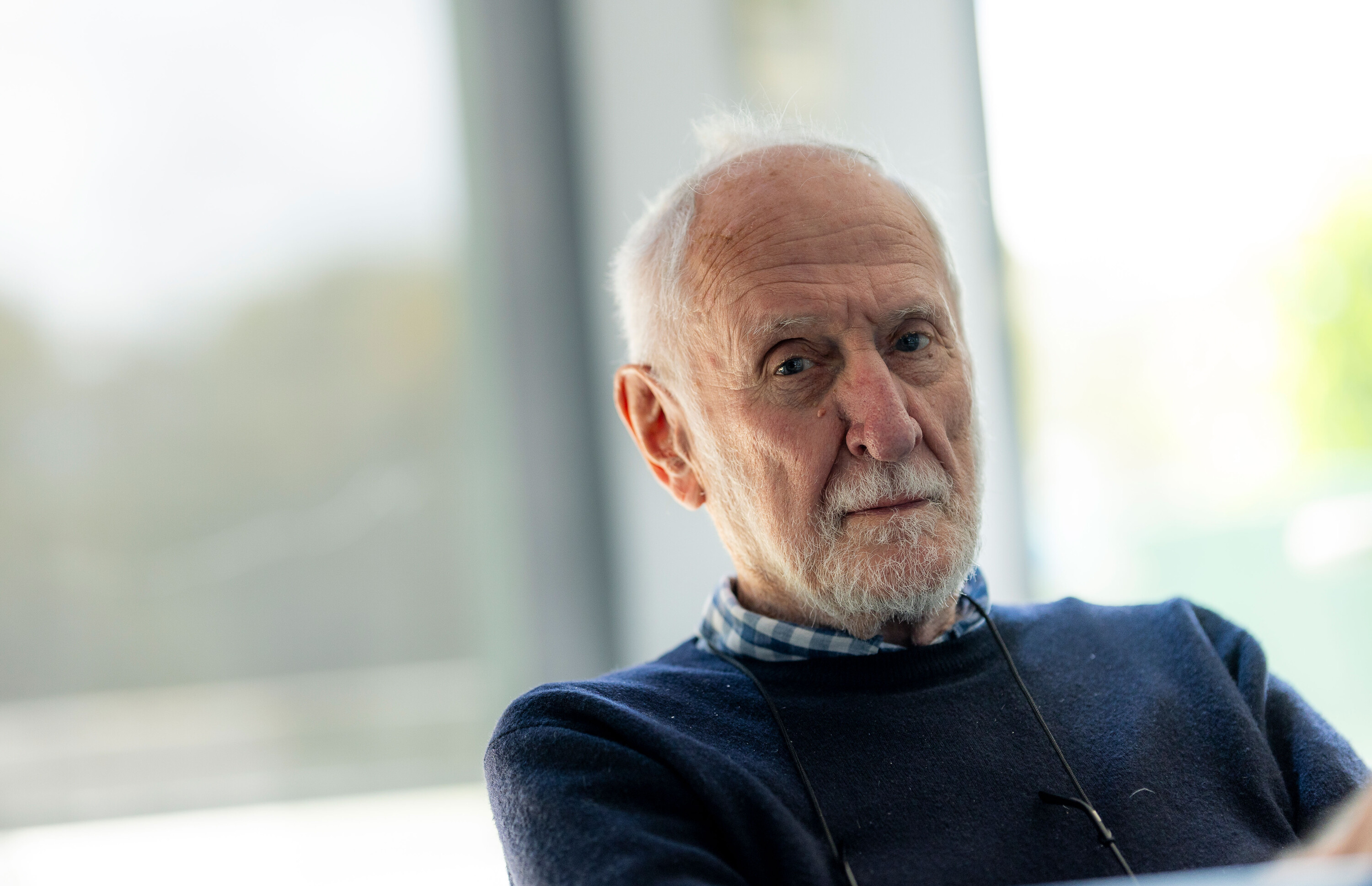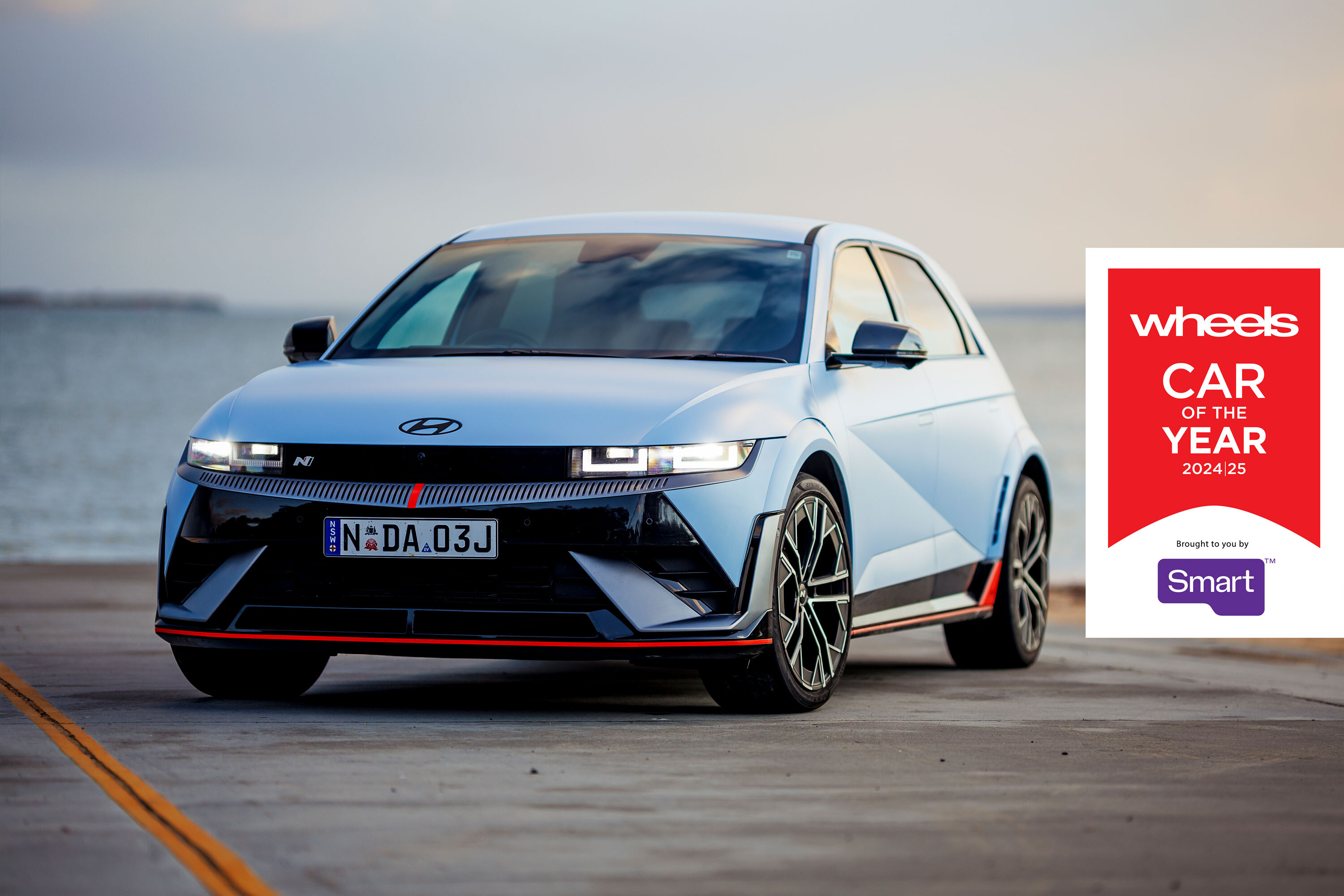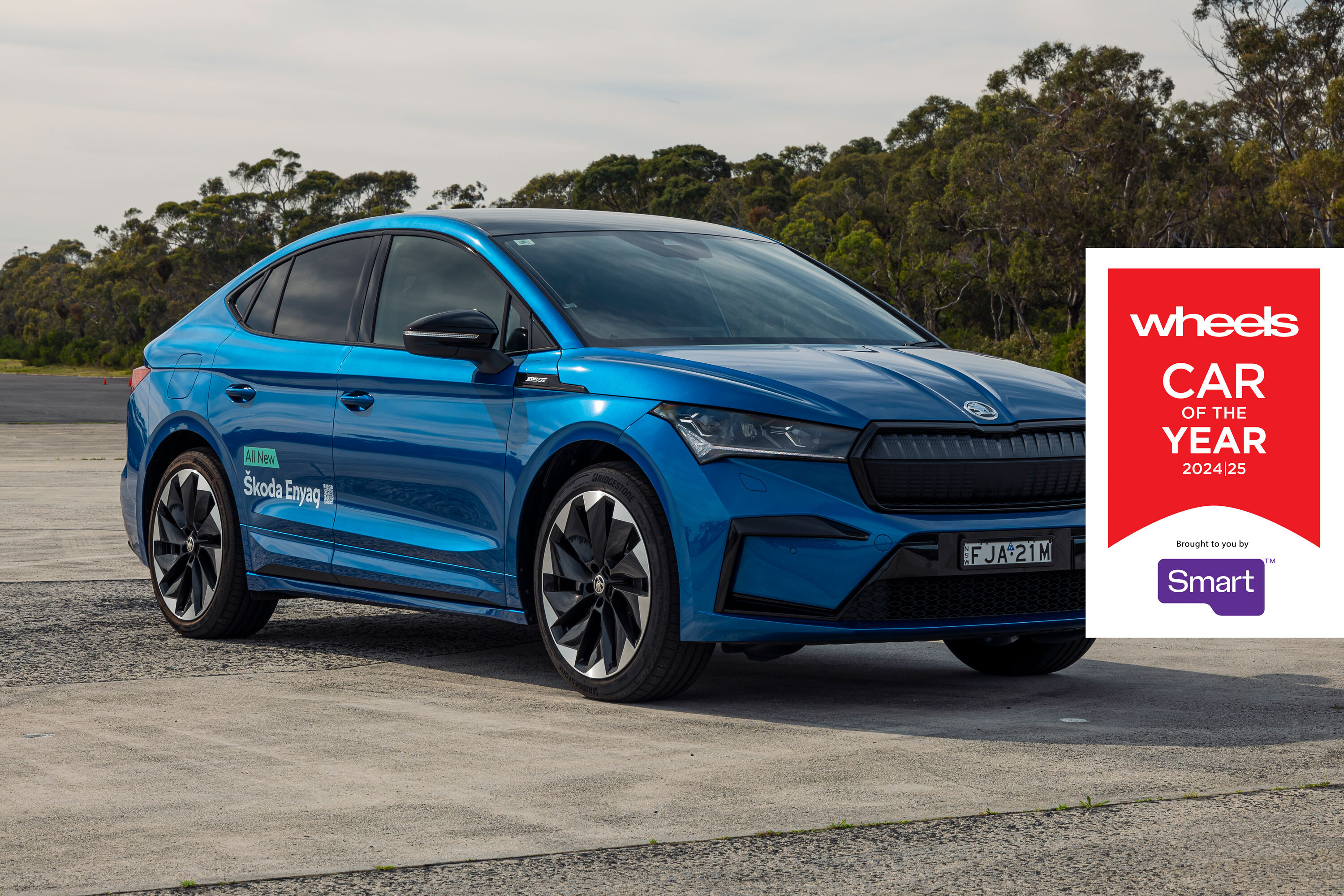“What a terrible day to have eyes,” chuntered editor Enright as he returned to the Car of the Year judges’ shark tank.
Key Points
- Tesla Model Yu2019s excellent value, roomy cabin and long range saw it make the final four at COTY
- Excelled in our acceleration and dry braking tests
- Eager handling and high grip levels also impressed the judges
- Ultimately let down by a ride thatu2019s too firm and a chassis tune that lacks finesse
He was referring to the beluga-like, navy blue Tesla Model Y sitting all alone on the fringe of the Lang Lang skidpan, looking like a giant egg laid by some enormous prehistoric bird.
Luckily for the Model Y – currently Australia’s favourite electric vehicle – Car of the Year isn’t a motoring Miss, or Mister, Universe contest. Styling is for the market to judge, and it clearly doesn’t mind the looks of this one.
Instead, the much-hyped Model Y was an instant invite having come effectively runner-up in our recent EV mega-test (pipped only by the Kia EV6, our reigning COTY champ). Sharing about 75 per cent of its parts with the Model 3 sedan, the Model Y is six centimetres longer, seven wider and 18cm higher.
WHEELS CAR OF THE YEAR 2023
Intended to fill a smaller and more affordable niche below the larger (and older) Model X, the Model Y is built in Germany and the USA. Except for Australian ones – they’re made in China.
Two variants are currently offered – a $69,300 Rear-Wheel Drive and a $98,955 (both before on-road costs), traffic-light-stalking dual-motor Performance. Fronting up COTY was a sole Rear-Wheel Drive in the $1500 optional Deep Blue Metallic, with also-optional $2400, 20-inch wheels in a light-sucking satin black.
The Rear-Wheel Drive claims 455km of WLTP range and 0-100km/h potential in 6.9 seconds (verified by us). There’s a Long Range version offered overseas, but it’s not destined for Australia yet.
“Why did Tesla remove the adjustable regen? It can feel overly strong at times” – Jez Spinks
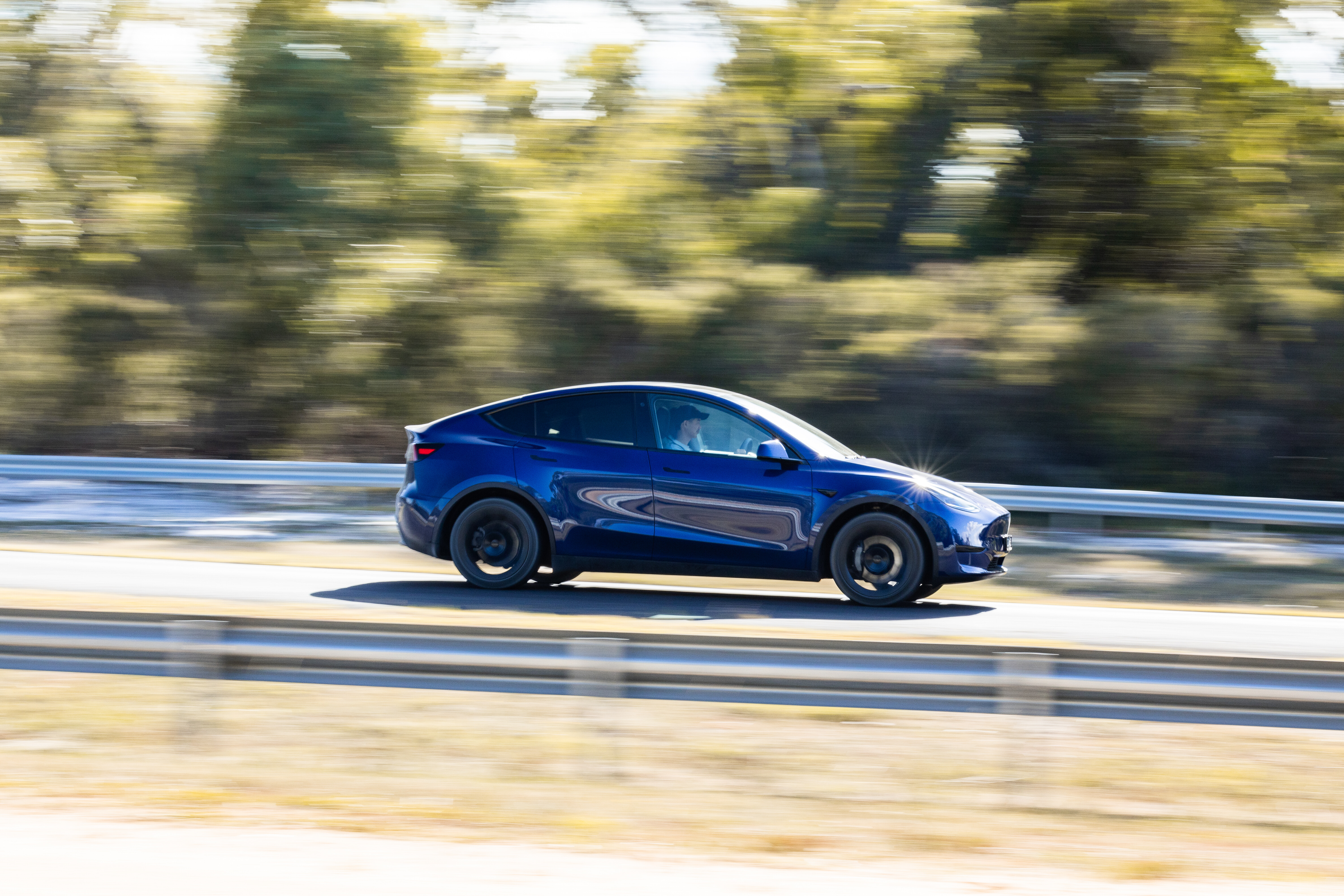
Whatever the variant, a Tesla is unlike any conventional new car. It feels futuristic and inside, you’re greeted by a basic interior some would call minimalist, others featureless. There’s a plain steering wheel, a giant 15-inch central touchscreen, and that’s about it. If not for the lovely, warming blade of bamboo-like wood trim spanning the dash, it’d almost feel unfinished.
The Model Y feels like a car designed by people who have never designed a car. It bristles with out-of-the-box thinking – some of it clever, some a tad prescriptive. The electric motor re-gen, for example, can’t be adjusted. At all.
After two days at the proving ground, however, the judges were almost in silent unanimity. “The Tesla might be our Car of the Year”. It was the shortest stopping in emergency braking and one of the fastest, tidiest and most accomplished through the lane-change, flexing some of the best active chassis safety systems of any car.

Australia’s best electric cars for 2023
We’ve tested nearly every EV below six figures in Australia to rank the best on sale today
It also handles in a way it simply shouldn’t – eager, fluid and natural-feeling, almost fun.
The surprisingly fast-off-centre steering takes some adjustment, but after that, it’s like Tesla outsourced the Model Y’s dynamics to Lotus. It’s still big, soft, tall and heavy, and don’t expect too much rear-drive character – there’s not enough power to bother the rear tyres, and the ESC can’t be adjusted – but dynamically, it’s very impressive.
Tesla deserves credit for keeping its weight to just 1909kg, welterweight by BEV standards. Some internal combustion vehicles are struggling to match that as they become burdened, ironically, with emissions-reducing gear.
The Model Y’s COTY case only grew stronger upon surveying the generous interior space – including a cavernous 854 litres of storage – and its recent five-star ANCAP crash result. It was not taken for granted, either, how the Tesla fits into the bigger picture.
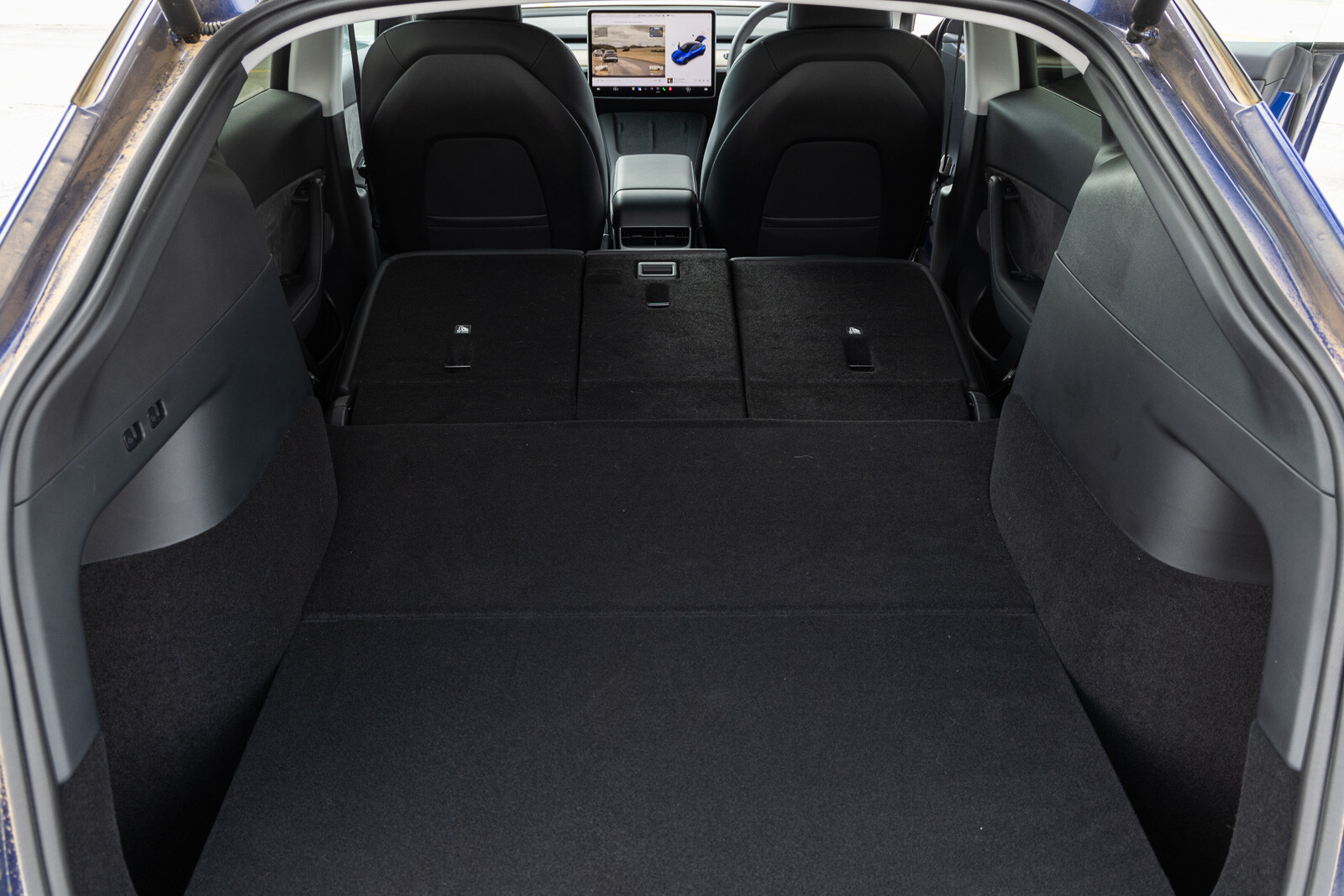
Once the grid, wherever you live, is buzzing with renewable energy, you’re going the extra mile to help address man-made climate change. If you live in Tasmania, which has achieved 100 per cent renewable energy, that’s already now.
The Model Y breezed through to the finals, but on Day Four, as we departed the proving ground for the roads around Loch in Victoria’s Gippsland region, it started to fall behind the other finalists.
For starters, not all the judges could drive it – recharging infrastructure, including Tesla’s own network, was yet to reach this part of Victoria. We had to ration kilowatt hours. Use the performance and the Model Y burns electrons like the best twin-turbo sports cars gurgle hydrocarbons.
Rear occupant ride comfort and bump control weren’t great, either. Its prospects faded further on Day Five in the urban loops, plunged into Melbourne traffic. While forward visibility is excellent – it feels like you’re driving in widescreen – the ride quality and road noise were disappointing.
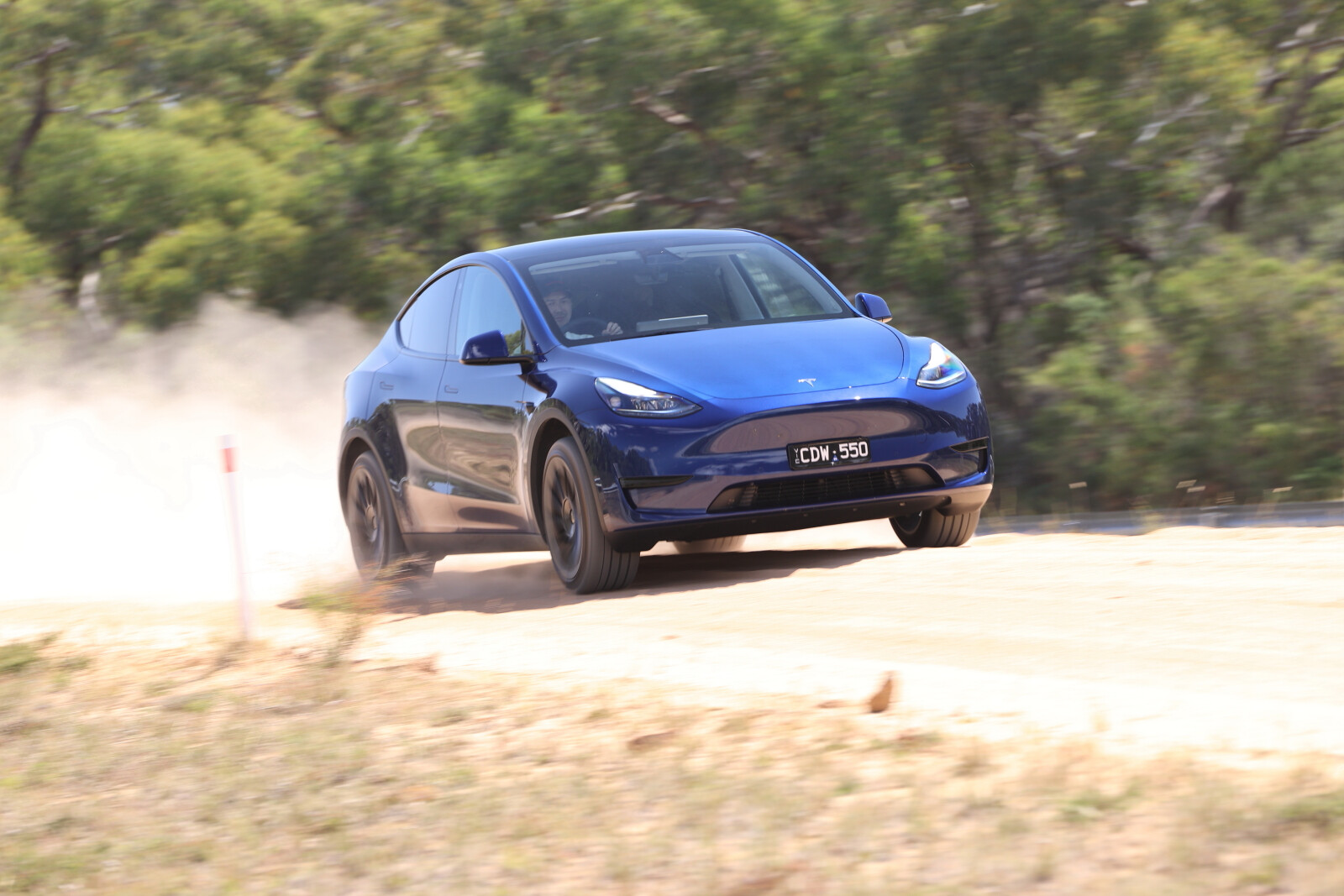
Driving a Formentor before the Model Y, and then immediately after, was damning for the Tesla which felt almost comparatively skateboard-like on its optional 20-inch wheels and 40-profile tyres.
“It finds bumps and niggles where the other cars smoothed them out,” said judge Inwood.
(What didn’t help was pumping the tyres to 42psi as per the placard, presumably to aid range. When we picked the car up they were 34psi. Either way, avoid the optional 20s.)
Other judges took umbrage with how many critical controls are contained in the central touchscreen. You’re not allowed to use your phone while driving, but the Tesla’s touchscreen is almost as complicated. For some tasks – such as activating the wipers or headlights – the Model Y requires you to remove your eyes from the road for an alarming amount of time.
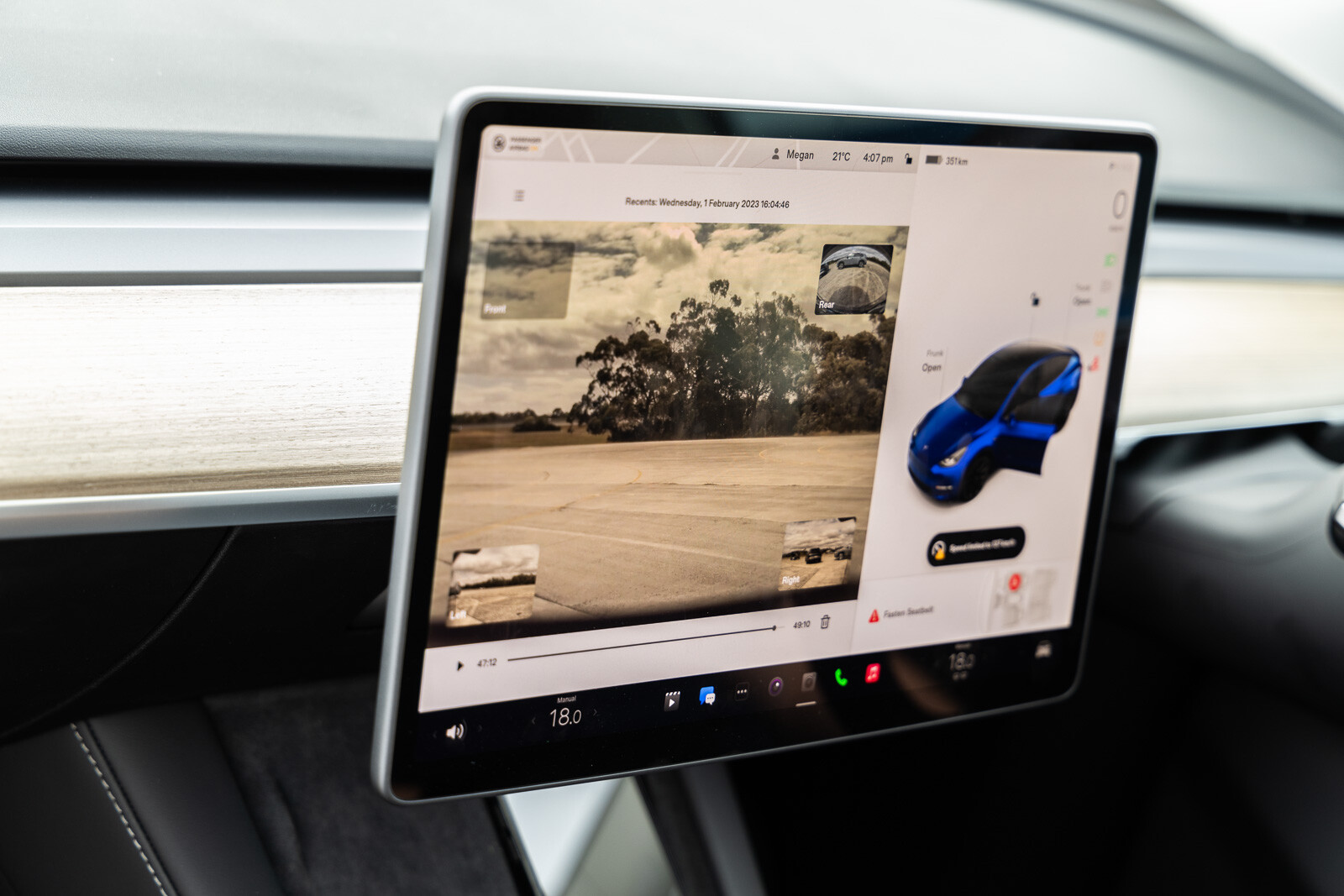
Other finalists, like the Formentor, are also touchscreen-function offenders, but the Model Y took it to another level. Also, having the speed displayed in the top right of the screen – not quite in your line of sight – instead of in a head-up display, or in a smaller binnacle, felt cheap.
As did having no ceiling grab handles for any passengers, nor giving rear occupants simple buttons to adjust their seat heaters. It must be done in the dashboard central screen. In the front.
To be fair, many Tesla owners love the minimalist approach. We don’t doubt that Tesla loves it too – it certainly would help keep manufacturing costs low. Which Tesla, to its credit, passes on to consumers. “Its on-paper credentials are virtually unbeatable for its price point and class,” remarked Affat.
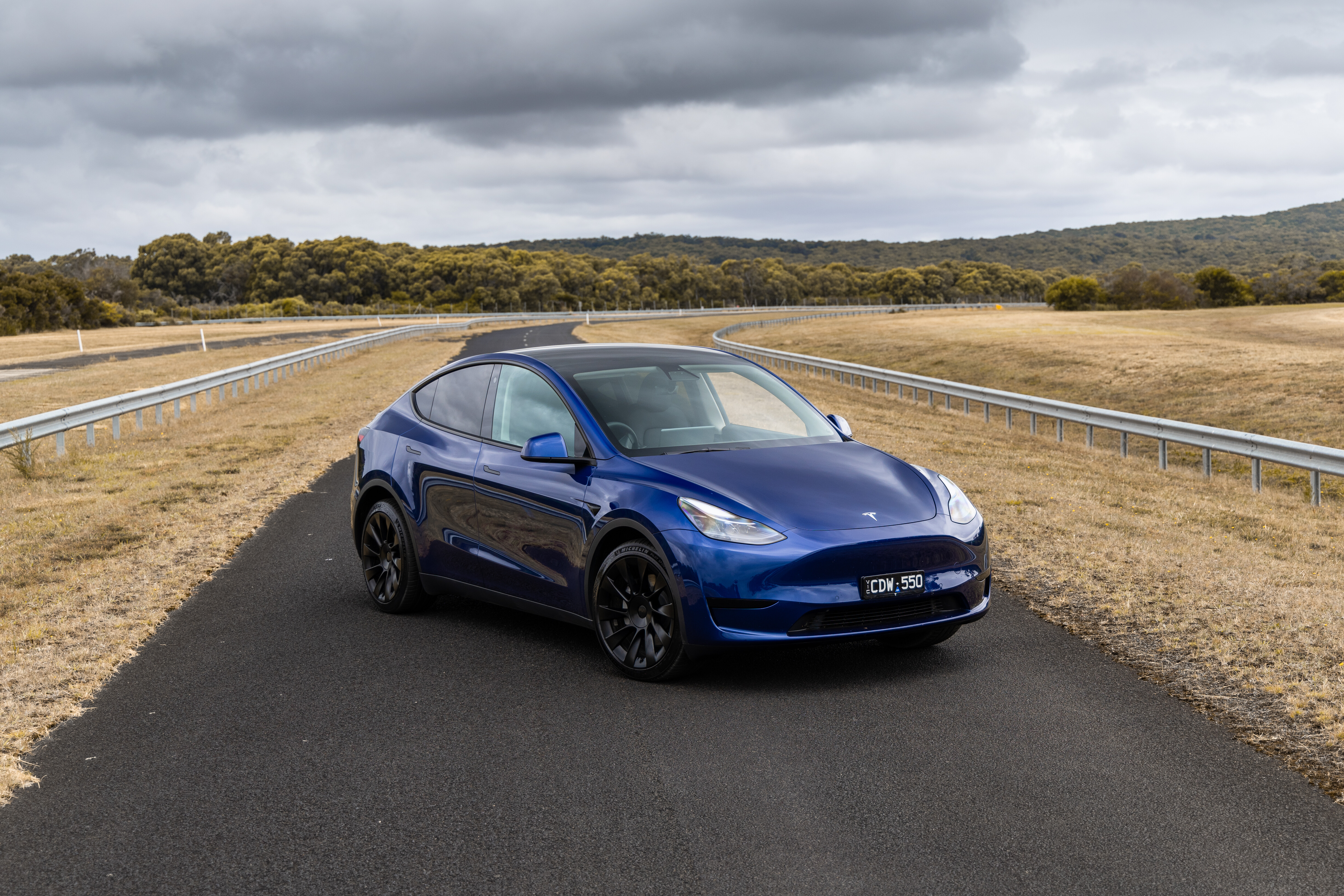
But then there were the recharging woes we encountered – not the Tesla’s fault, but plainly, nearly 10 years after the BMW i3 became the first electric vehicle to win Car of the Year, the infrastructure is still lacking. Taking an EV on a long trip in Australia, in 2023, still requires careful planning.
In the final reckoning, the judges wrestled with a vehicle that glimpses excellence – but instead feels in need of a good model update. “Having now spent a lot more time with it, I’m disappointed that as an entire package it isn’t as well put together as I’d hoped,” said judge Fisk.
“I can see why the Tesla Model Y is selling so well,” added Law. “But we wish Tesla had gone the extra mile with chassis tuning and a head-up display. It would help bestow greatness on this SUV.”
The Model Y is very good. But, at Car of the Year, very good isn’t good enough.
MORE READING
Now that you’re done reading about this COTY 2023 contender, you should go back to catch up on anything you might’ve missed. Check out the links below, or find it all at our COTY page.
We recommend
-
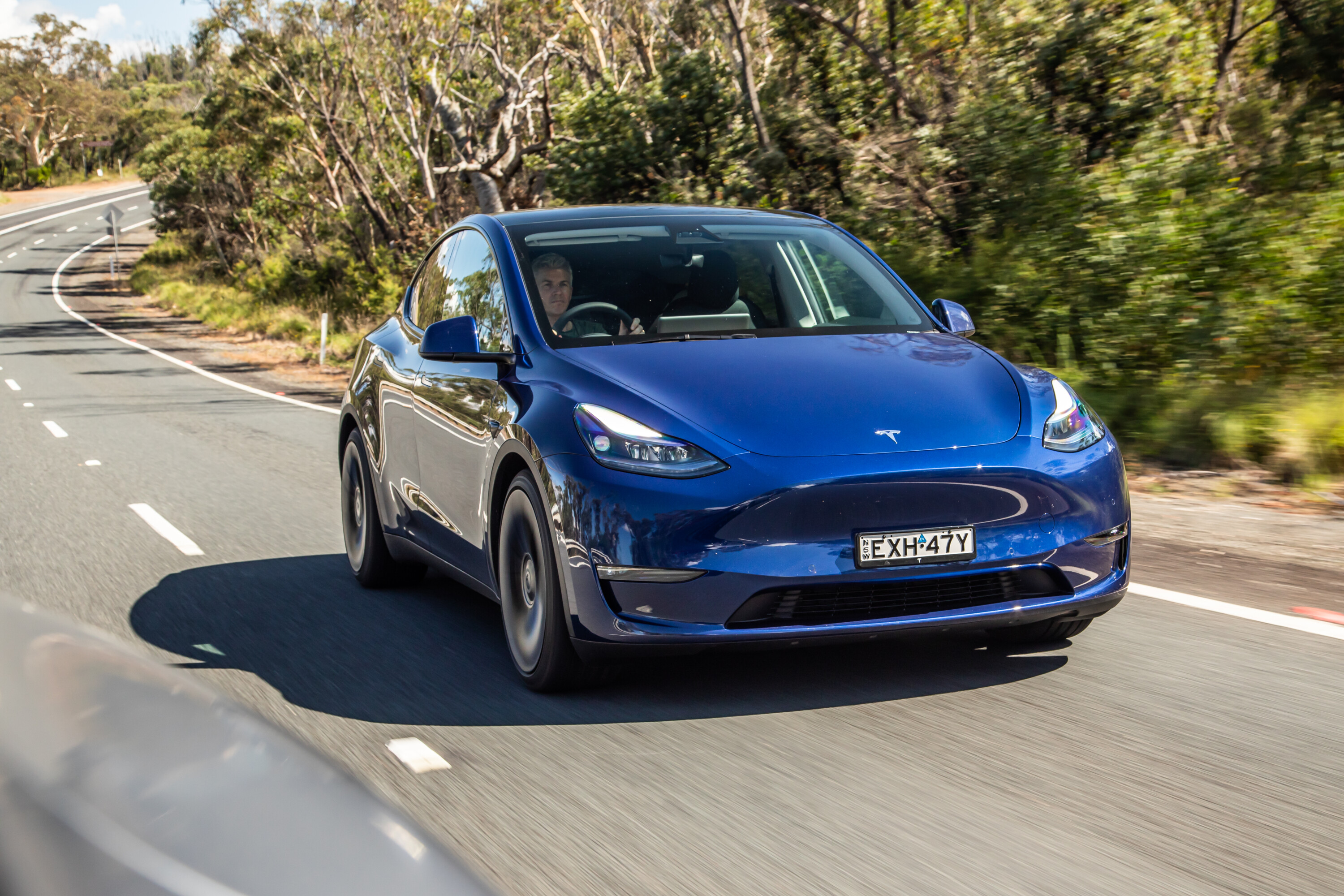 News
News2023 Tesla Model Y Australian pricing
The Model Y is finally here, with Tesla putting its SUV on sale from $68,900
-
 News
News2023 Tesla Model 3 and Model Y prices fall between $1600-3400
A host of price drops have come into effect across Tesla’s range of EVs, bringing the entry point back to where they started
-
 News
News2025 New Car Calendar: All the new cars coming to Australia
Take a look at our list of what is expected to launch in Australia in 2025 – plus those we might not see locally just yet



